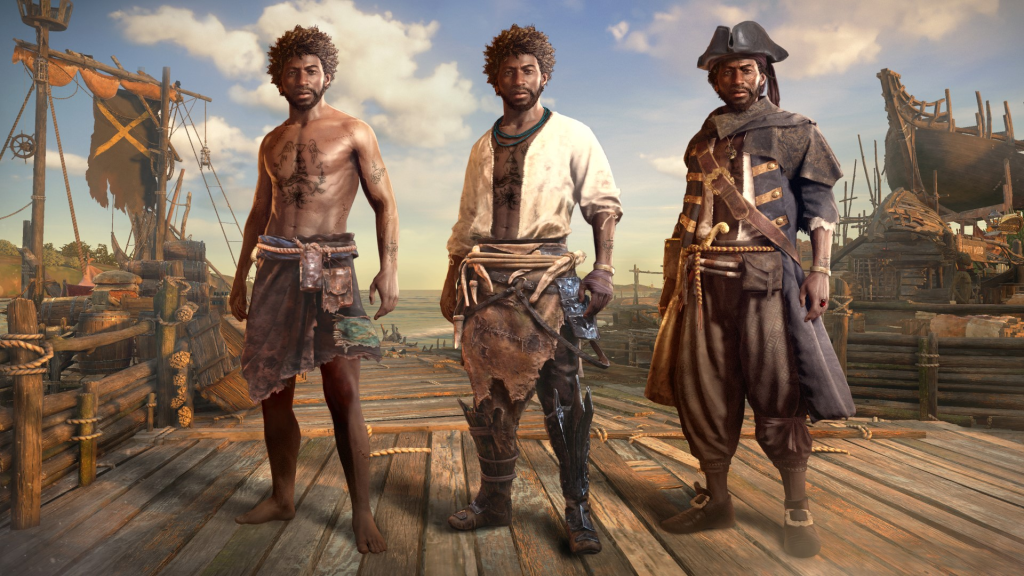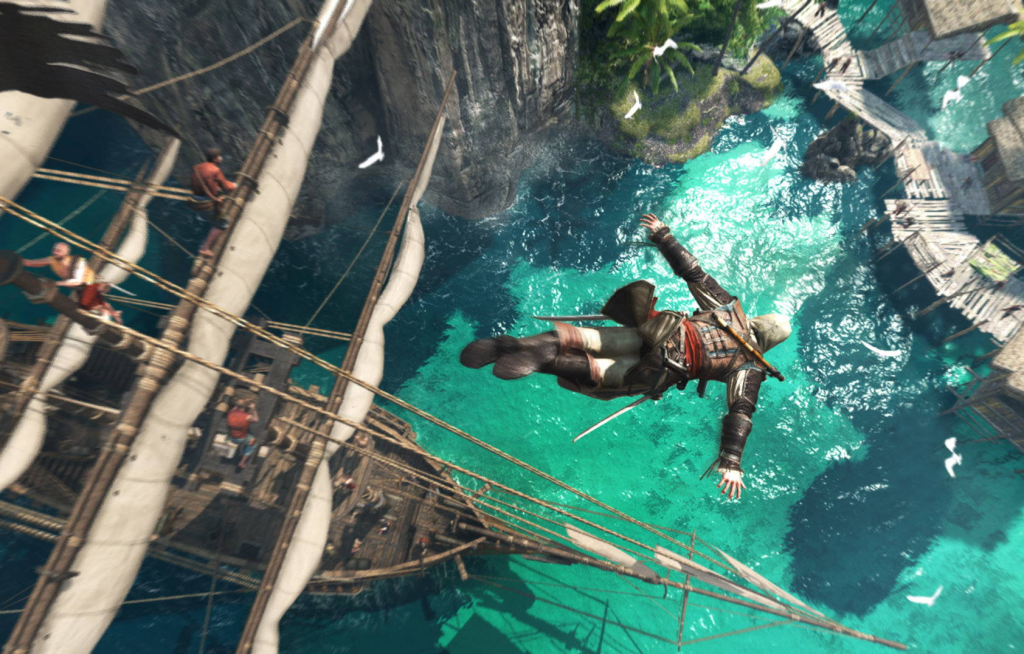Office Address
S.C Chatterjee Road - Bandel
Prantik Benepukir
IN - West Bengal
Hooghly - 712123

Skull and Bones, ah, the pirate genre has always held a certain allure. The freedom of the open seas, the thrill of plunder, and the camaraderie of a pirate crew are elements that should make for an exciting game. ATLAS also used this same hype, although it is still a much better game, being abandoned for sure, but it has some great community keeping the spirits of true pirates alive.
Comparing “Skull and Bones” to its predecessor, “Assassin’s Creed: Black Flag”. lol
One of the most pressing issues in the gaming industry today is the high cost of games. With AAA titles often priced at $60 and $89 dollars for the premium btw,
or more, and with additional costs for DLCs and microtransactions, gaming has become an increasingly expensive hobby. This is particularly egregious when the games in question fail to deliver on their promises.
Take “Skull and Bones”, for example. Despite its high price tag, the game has been widely criticized for its lack of content and repetitive gameplay. This has led to a wave of memes and jokes within the gaming community, with creators like Niktek leading the charge.

The game is plagued with quirks that detract from the overall experience. AI is inconsistent, with enemy ships sometimes ignoring the player completely, while at other times relentlessly pursuing them. The controls are clunky and unresponsive, making naval battles feel more like a chore than a thrilling experience.
In contrast, “Skull and Bones” seems to have missed the mark. The game appears to be a stripped-down version of “Black Flag”, with the focus solely on naval combat and the rich story and character development of “Black Flag” nowhere to be found. The game feels empty and repetitive, with the same battles played out over and over again.
Another worrying trend is the phenomenon of games being ‘dead on arrival’. These are games that, despite the hype and anticipation, fail to attract a substantial player base upon release. This could be due to factors such as poor marketing, lack of content, or high price points.
Again, “Skull and Bones” serves as a prime example. Despite its release’s anticipation, the game failed to make a significant impact and was quickly forgotten by many gamers.

“Assassin’s Creed: Black Flag” was a game that truly captured the essence of being a pirate. The game was rich in story, with a well-developed protagonist and a vibrant open world that was a joy to explore. The naval combat was thrilling, and the freedom to sail the Caribbean, attack enemy ships, and hunt for treasure, was a high point of the game.
These issues highlight the need for change within the gaming industry. Developers and publishers must ensure that their games are worth the price of admission and that they deliver on their promises. Gamers should not have to pay exorbitant prices for subpar experiences.
Moreover, the industry needs to address the issue of games being ‘dead on arrival’. This could involve better marketing strategies, more thorough beta testing, and ensuring that games are fully fleshed out before release.
Niktek’s response to the comparison between “Skull and Bones” and “Assassin’s Creed: Black Flag” provides a detailed critique of the two games. Here are some key points from his analysis:
Lastly, if you would like to read more about other games, click here.